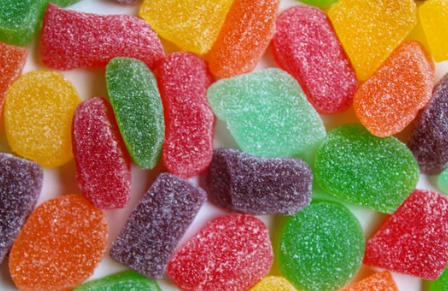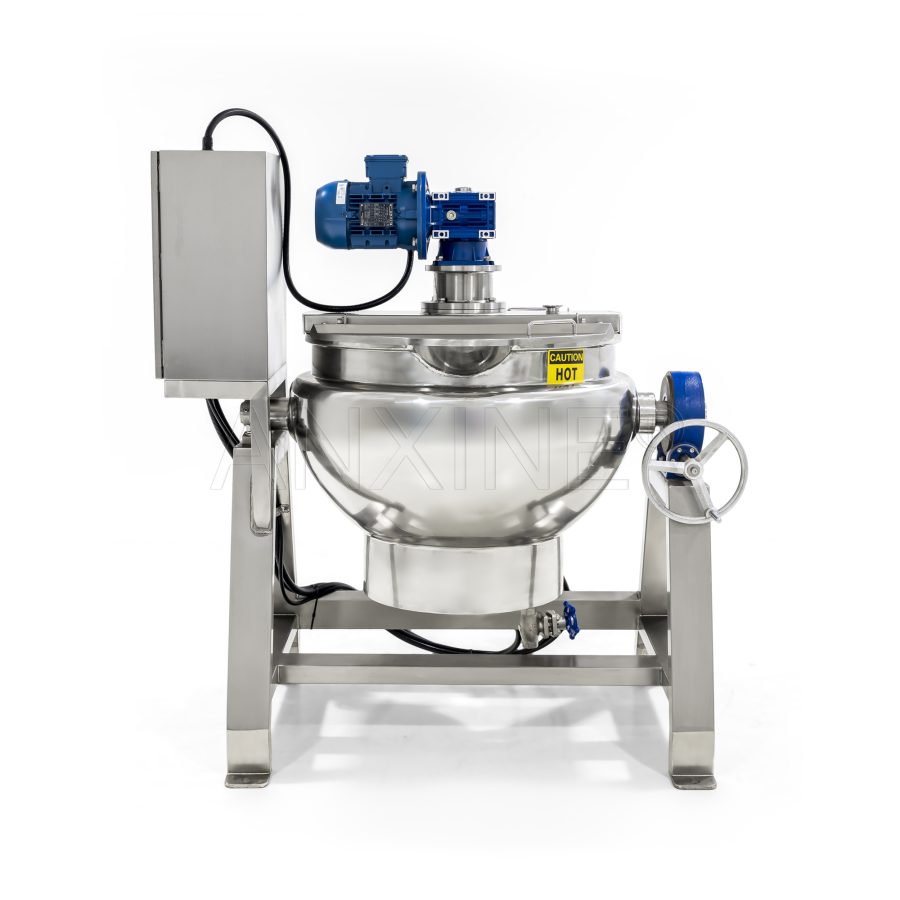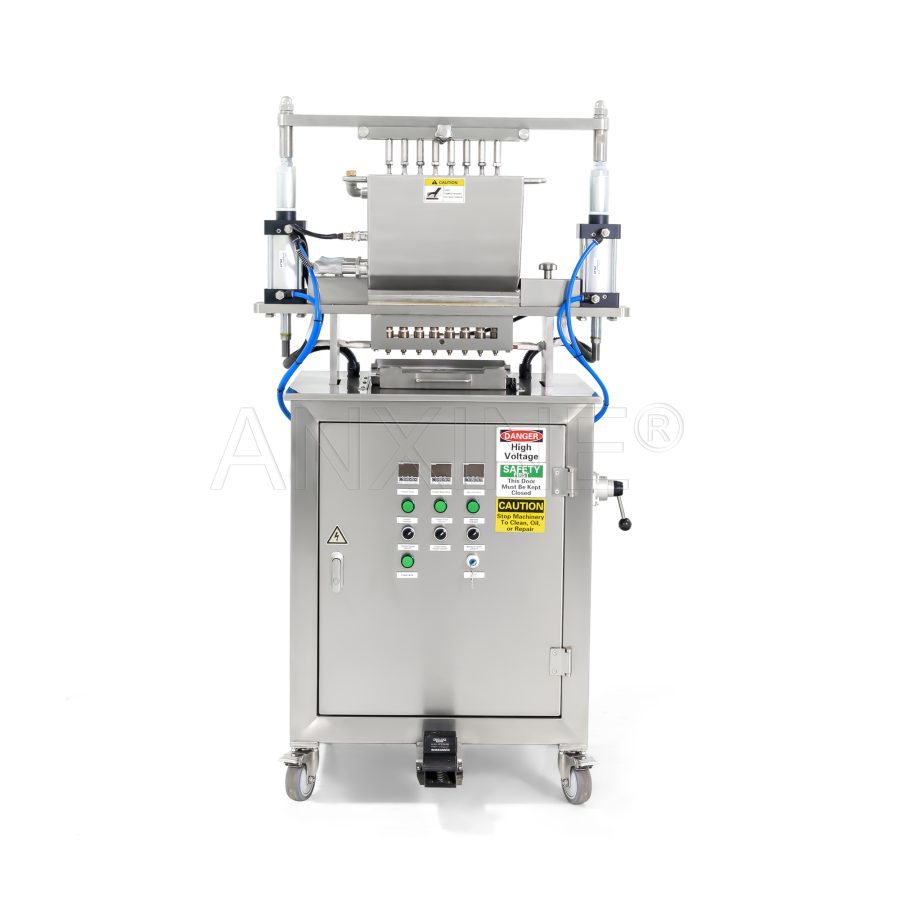Gummy vitamins are always popular among adults and children. To improve taste and shelf life, they are usually coated with different flavors, such as sweet, sour, or even spicy. Gummies can have different types of coatings based on the products. The most common is sugar coating, which adds sweetness and texture. If you are interested in sugar coating, a clear understanding is necessary.
What is sugar coating?

Sugar coating is one of the common techniques used in gummy and candy production. It covers gummies with a thin layer of sugar. This makes the gummies taste sweeter and look more attractive. In gummy production, sugar coating is a simple but effective technique. Because it is easy to apply and creates a pleasant mix of crunchy and soft textures.
Benefits of sugar coating
Sugar coating offers several advantages to gummies. The most direct benefit is the sweeter taste. It makes the candy more enjoyable for many people at different ages. Another benefit is that sugar coating prevents gummies from sticking together. Without the coating, gummies can easily clump in the package and influence appearance or texture. The sugar layer keeps each gummy smooth and easy to handle.
Sugar coating also improves the look of gummies. The sugar crystals make them look sparkling. This helps the product stand out on store shelves. This coating can even extend the shelf life. Because the dry sugar layer protects the gummy from too much moisture.
Five main steps for the sugar coating process
Gummy selection
Not every gummy is suitable for sugar coating. Before the operation, you need to check the gummies to make sure they are in good condition. Any broken, misshaped, or overly sticky gummies are removed. It ensures they are uniform before they enter the coating machine. Without this, the final sugar layer may look uneven or may not hold well.
Prepare the coating ingredients
Before coating starts, all ingredients must be ready. The main materials are granulated sugar, binder solution, and optional agents like wax or oil. Sometimes, natural flavor powders or citric acid are also prepared if sour gummies are required. The operator measures all ingredients in advance, and checks that they meet hygiene standards.
Coating
After the gummies are ready and the sugar mix is prepared, the coating stage begins. The gummies are placed in a rotating drum or pan. Then it slowly moves the gummies so that every side is exposed. Water or syrup is sprayed over the gummies to make their surface slightly sticky.
Next, sugar is added to the pan. As the drum keeps turning, the sugar sticks evenly to each gummy. This process may be repeated until the gummies are fully covered with a smooth sugar layer. This process requires a balance where the sugar holds well but does not make the gummies too wet or too hard.
Drying
Then, drying is needed to remove extra moisture. Warm air is blown into or around the pan at a controlled temperature. The operator tests samples by touch to check if the surface feels firm and dry. Drying locks the sugar layer in place and prevents clumping during storage. If you need a thicker sugar coat, this step is repeated after each round of sugar addition.
Cooling and packaging
Finally, the coated gummies are cooled until the sugar layer is fully hardened. Cooling time varies depending on humidity and batch size. After cooling, inspectors check the gummies for even coating and appearance. Defective ones are removed.
The finished gummies are then packed into containers like bottles for storage and transportation. Sometimes wax or oil polish is applied before packing to add shine.
What equipment do you need for gummy production?
There is a series of machines used for gummy production and coating. Some key equipment includes
Melting pot

A melting pot is used for heating and melting raw ingredients such as sugar and glucose syrup. Gentle heating in the pot turns these ingredients into a smooth liquid base. This can later be shaped into gummies or candies. This device supports temperature control. A mixing system inside the pot also helps blend flavors, colors, and other additives evenly.
Depositor

A depositor could fill liquid gummy or candy mixture into molds. It uses nozzles to release the right amount of syrup into each mold cavity. You can adjust the setting to control filling speed. Accurate depositing ensures that every gummy has the same weight and form.
Demolding machine
This removes finished gummies from their molds after cooling. Smooth operation prevents sticking, tearing, or breaking. Many gummy manufacturers use an automatic demolding machine. It reduces waste and improves efficiency.
Coating pan
A coating pan has a round and tilted shape that keeps gummies moving while it rotates. Constant tumbling allows sugar and binder to reach all sides evenly. An adjustable speed system controls how fast the gummies move.
Five common problems and solutions in the sugar coating process
When you conduct sugar coating, it is possible to meet many troubles. Here are some common problems for your reference. After you know how to handle them, production efficiency could be greatly improved.
Sticking
One common problem during sugar coating is that gummies stick together. This is because the gummies are too wet or the sugar layer has not dried properly. When sticking, they create clumps that are hard to separate and may ruin the batch.
To avoid this, gummies should be fully dried before coating. The binder and sugar layers should be applied in thin and even amounts. Also, each layer should be dried carefully before adding the next one.
Clumping
This problem may occur if too much binder is used or if the sugar is damp. Clumps make the coating rough and uneven, and they can stick to the pan or other gummies. To prevent this, the binder should be sprayed lightly and evenly, not over-applied. Also, you need to keep the production area’s humidity low.
Uneven sugar coating
Sometimes, you may find some gummies have too much sugar while others have too little. This makes the final product look patchy and less appealing. It is usually because the pan rotation is too fast or too slow, or when sugar is added too quickly.
To solve it, you should control the pan speed to ensure smooth tumbling and add sugar gradually in small amounts. It is also necessary to repeat the binder and sugar cycles carefully for consistent coating.
Coating cracks
Sometimes the sugar layer can crack or peel after drying. This happens when too much binder is applied at once or when drying is too fast. Cracks make the gummies look unattractive and may affect the texture.
During coating, the binder should be applied in small and controlled amounts. Each layer should be dried slowly and evenly. A consistent temperature during drying is also a must.
Loss of shine or appearance
Another issue is that the gummies may lose their shine or have a rough appearance after coating. Dull or uneven sugar can make the product less attractive to consumers. To fix this, you may polish the gummies. Edible wax or oil could be applied while tumbling. Please note that all sugar layers need to be even and completely dried before polishing. Moreover, proper cooling before packaging helps preserve the glossy and sparkling look of the gummies.
FAQ
How to make sour coating for gummies?
Citric acid coating offers a sour taste and sharper flavor. The coating process is similar to sugar coating, but moisture control is needed. Because citric acid dissolves easily to make gummies sticky. Sour coating requires faster drying and careful handling to keep the surface dry and clean.
What are some sugar coating substitutes for gummies?
Common substitutes include wax, oil, starch, maltodextrin, etc. They have different purposes, such as oil for anti-sticking.
Why does sugar coating dissolve on candies or gummies?
Sugar coating can dissolve when it contacts with moisture. High humidity causes the sugar layer to melt or become sticky.
Why does my coating mixture become solid?
Coating mixtures can solidify when they cool down too much or have too little liquid. Sometimes, it is because gummies contain ingredients that naturally harden at room temperature.
Which sugar works best for making gummies?
Common choices are sucrose, glucose, and corn syrup. They are always added together. A mix of these ingredients helps gummies stay soft, chewy, and shiny.